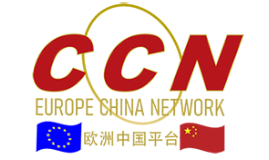VAT rules and rates
Value Added Tax (VAT) is a consumption tax that is applied to nearly all goods and services that are bought and sold for use or consumption in the EU.
The EU has standard rules on VAT, but these rules may be applied differently in each EU country. In most cases, you have to pay VAT on all goods and services at all stages of the supply chain including the sale to the final consumer. This includes from the beginning to the end of a production process, e.g. buying components, transport, assembly, provisions, packaging, insurance and shipping to the final consumer.
https://europa.eu/youreurope/business/taxation/vat/vat-rules-rates/index_en.htm
When is VAT charged?
For EU-based companies, VAT is chargeable on most sales and purchases of goods within the EU. In such cases, VAT is charged and due in the EU country where the goods are consumed by the final consumer. Likewise, VAT is charged on services at the time they are carried out in each EU country.
VAT isn’t charged on exports of goods to countries outside the EU. In these cases, VAT is charged and due in the country of import and you don’t need to declare any VAT as an exporter. However, when exporting goods you will need to provide documentation as proof that the goods were transported outside the EU. Such proof could be provided by presenting a copy of an invoice, a transportation document or an import customs record to your tax authorities.
You will need to provide this proof to be able to fully deduct any receivable VAT that you have paid in a previous related transaction leading up to the export. Insufficient documentation may mean you won’t have the right to a VAT reimbursement when exporting goods.
VAT rules at national level
VAT rules can be applied differently in each EU country. Read more about the rules in the country where your company operates.
https://europa.eu/youreurope/business/taxation/vat/vat-rules-rates/index_en.htm






















